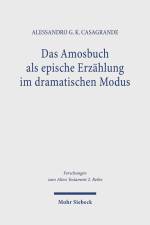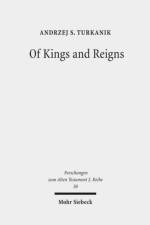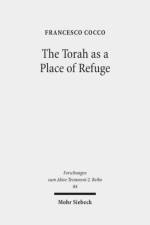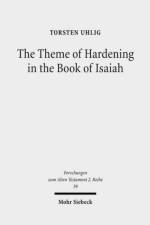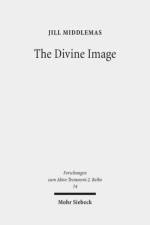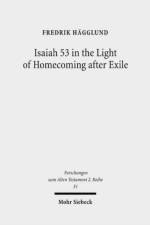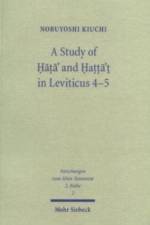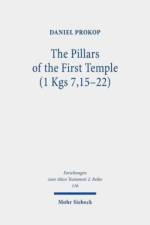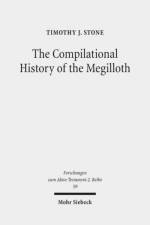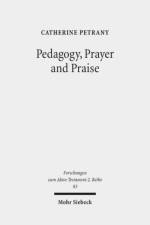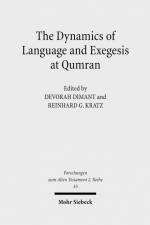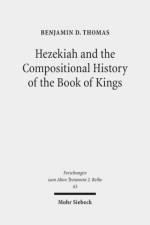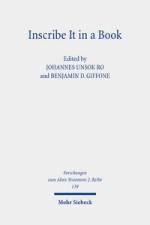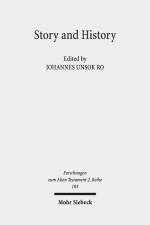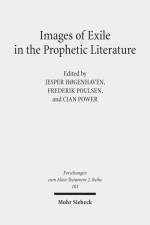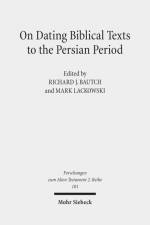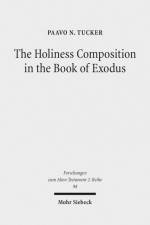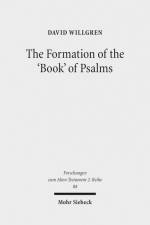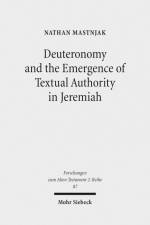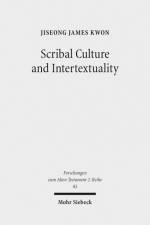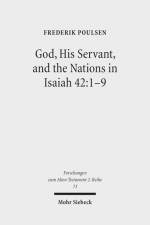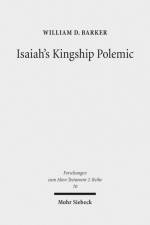av Jesper Høgenhaven, Frederik Poulsen & Cian Power
1 289
Exile is a central concern in the Hebrew Bible. The fifteen essays in this volume, presented at an international conference in Copenhagen in May 2017, investigate and discuss images of exile in the prophetic books. Some deal with a specific passage or biblical book, while others approach the issue by comparing different books or by looking more closely at a particular metaphor or theme. A recurrent question is what role language and metaphors play in the prophets' attempts to express, structure, and cope with experiences of exile. Contributors:Sonja Ammann, Ulrich Berges, Göran Eidevall, Martien A. Halvorson-Taylor, Søren Holst, Else K. Holt, Jesper Høgenhaven, Paul M. Joyce, Hyun Chul Paul Kim, Anja Klein, Francis Landy, Frederik Poulsen, Cian Power, Dalit Rom-Shiloni, Lena-Sofia Tiemeyer



